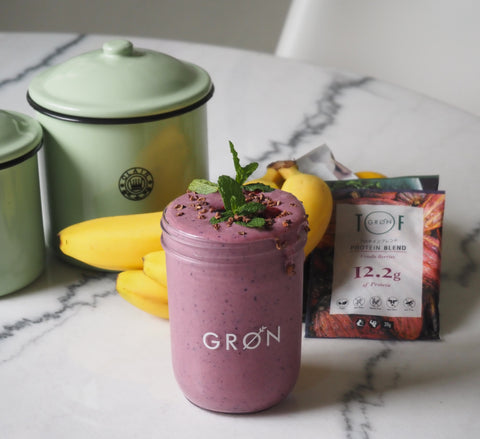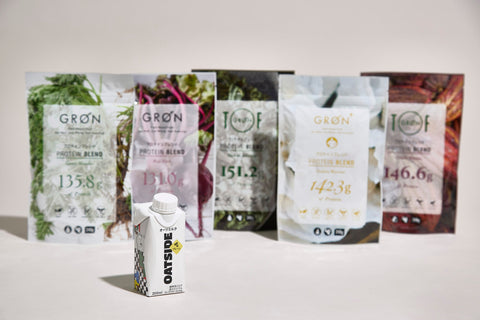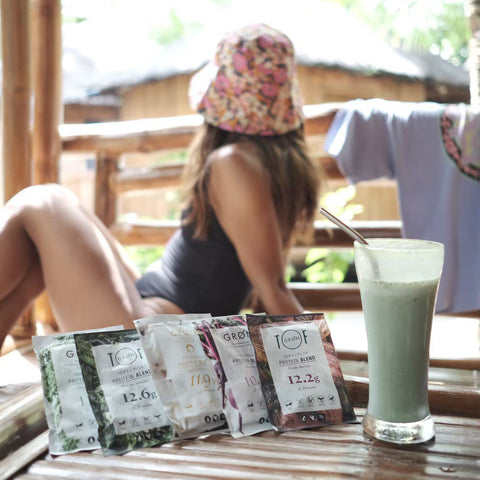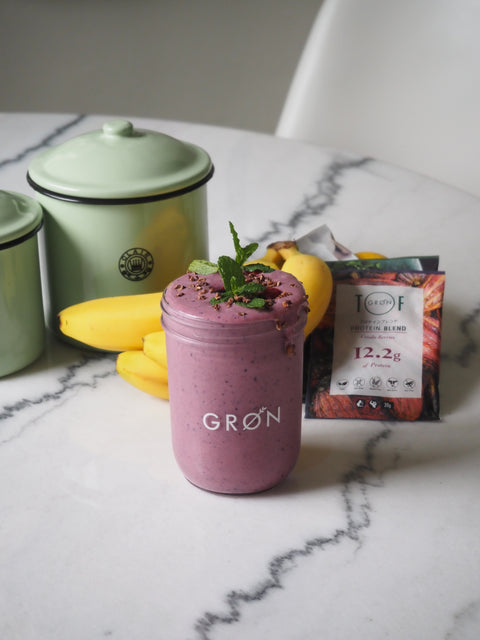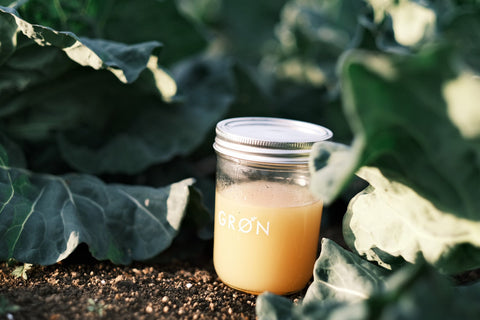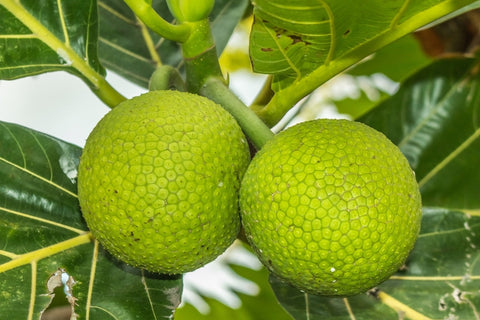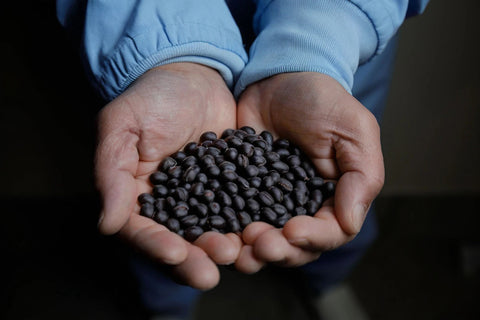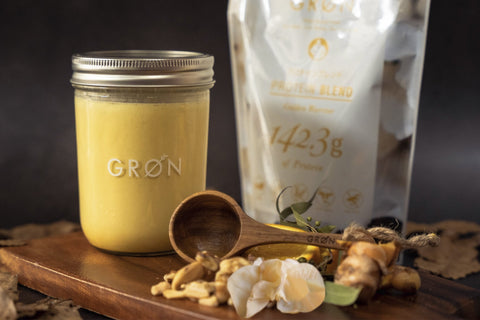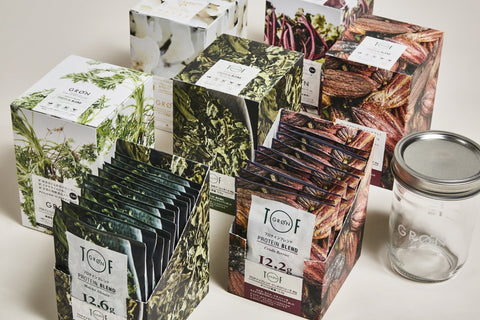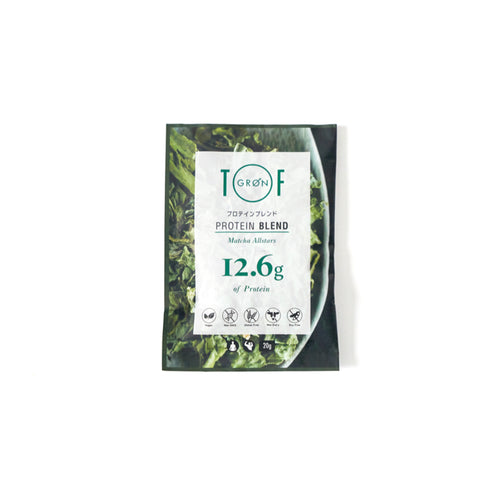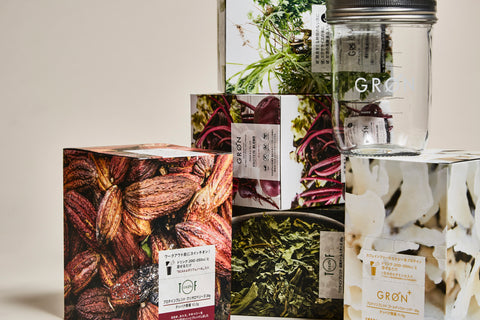Amino acids and their roles - Nutritionist's Column Vol.20
Amino acids and our bodies
A word you often hear is amino acid.
Proteins are made up of amino acids.
This time I would like to talk about amino acids.
The human body is made up of approximately 60% water and 20% protein.

Proteins not only make up important tissues in the body, such as muscles, the digestive tract, internal organs, hemoglobin in the blood, and collagen in hair and skin, but they also control most of the vital activities that move the body.
It is the most important nutrient for everyone, from small children to the elderly.
The proteins that sustain our lives and make up our bodies are made up of 20 different amino acids.
Amino acids, also known as the source of life, are the oldest nutrients on earth. It is said that there are about 500 types of amino acids in nature.
When there is a shortage of amino acids
If you are deficient in amino acids, you may become easily fatigued, your immune system may weaken and you may be more susceptible to catching colds, and blemishes and rough skin may become more noticeable.
In addition, you may lose concentration, have difficulty burning fat even when exercising, become more susceptible to anemia and dizziness,
Many bad things can happen in our lives, such as not getting stronger even if we do muscle training.

Types of amino acids and points to note when taking them
When you eat proteins such as meat, fish, and beans, your body breaks them down into 20 different amino acids and then reassembles them into the proteins you need.
Of the 20 amino acids, 11 amino acids - arginine, asparagine, aspartic acid, alanine, glycine, glutamine, glutamic acid, cysteine, serine, tyrosine, and proline - can be synthesized in the body from other amino acids to make up for any deficiencies, but the remaining nine - valine, leucine, isoleucine, threonine, methionine, phenylalanine, tryptophan, lysine, and histidine - must be obtained from the diet.
Amino acids that can be synthesized in the body are called "non-essential amino acids" and those that cannot be synthesized are called "essential amino acids."
The proteins that make up the body are broken down and synthesized every day.
For this reason, it is necessary to take in amino acids every day. A deficiency can lead to a decrease in muscle mass and a weakened resistance to illness.
Rather than thinking about what amino acids are abundant, it is actually consuming protein that will lead to replenishing amino acids, so the key is to consciously consume protein from animal-based foods (meat, seafood, eggs, dairy products) and plant-based foods (soy products, etc.).

Below is a summary of the essential and non-essential amino acids and their characteristics.
Essential amino acids
1. Balin
*One of the BCAAs (branched chain amino acids). An amino acid that is effective in strengthening muscles. It is also expected to improve ammonia metabolism and keep skin firm.
It also helps to recover from fatigue, boost immunity, improve liver function, and beautify skin.
*Branched-chain amino acids (BCAAs) are the collective name for the three essential amino acids that have a branched structure: valine, leucine, and isoleucine. BCAAs are amino acids that are metabolized in the muscles, and are said to "build muscle" and "suppress fatigue," and are expected to reduce muscle wasting during exercise.
2. Leucine
One of the BCAAs (branched-chain amino acids), it promotes muscle formation and prevents muscle loss, as well as strengthening liver function.
Strengthens muscles, relieves stress, improves liver function, and maintains healthy hair.
3. Isoleucine
One of the BCAAs (branched-chain amino acids).
In addition to strengthening muscles and improving liver function, it also helps expand blood vessels and promotes physical growth.
It also helps to recover from fatigue, improve liver function, increase concentration, and prevent diabetes.
4. Threonine (Threonine)
It was the last amino acid to be discovered and is found in large amounts in animal proteins.
It is added to feed grains and helps to increase the nutritional value of livestock feed by supplementing it with essential amino acids that tend to be lacking in such feed.
It is said to increase metabolism, give firmness and lustre to skin and hair, and help prevent fatty liver.
5. Methionine
It is a sulfur-containing amino acid, and if it is deficient, it can cause hair loss and swelling.
It improves liver function and suppresses histamine, which causes allergies.
Supports liver function, relieves allergy symptoms, prevents fat accumulation and maintains healthy hair.
6. Phenylalanine
It acts as a neurotransmitter, like norepinephrine and dopamine, which are responsible for transmitting signals between the brain and nerve cells.
It is expected to improve attention and concentration, stress management, and memory.
7. Tryptophan
An amino acid found in milk. With the support of vitamin B6, niacin, and magnesium, tryptophan is used to synthesize the happiness hormone serotonin.
It helps normalize sleep cycles, improve concentration and memory, increase appetite, and relieve fatigue.
8. Lysine
An amino acid essential for the assembly of body proteins.
It is found in large amounts in animal proteins such as meat, and is also a raw material for synthesizing carnitine, which is necessary for fat burning.
It is said to be good for recovering from fatigue, increasing concentration, improving liver function, and for hair care.
9. Histidine
Although adults are able to synthesize this amino acid in their bodies, children cannot synthesize it, making it an essential amino acid during their development.
In addition to being involved in growth within the body, it also plays a role in supporting nerve function.
It also promotes growth, aids in weight loss, and supports nervous function.
Foods that contain a balanced amount of these nine amino acids are called "high-quality proteins," and include meat, eggs, seafood, and milk.
The balance of grains and vegetables varies, but by eating a variety of foods, you can make up for any imbalances.

Non-essential amino acids
1. Arginine
Arginine is an essential amino acid only for children. Adults can synthesize arginine in their bodies, but children cannot synthesize sufficient amounts.
It is an amino acid that synthesizes growth hormone.
It helps boost immunity, improve blood flow, promote the secretion of growth hormone, and moisturize the skin.
2. Asparagine
The first of the 20 amino acids to be discovered.
It was named after the fact that it was discovered in asparagus sprouts.
It helps expel harmful ammonia from the body and protects the central nervous system.
Supports increased endurance, muscle strength, and the excretion of harmful ammonia.
3. Aspartic acid
It is a type of amino acid found in large amounts in asparagus, and by binding to potassium and magnesium, it helps make it easier for these nutrients to be absorbed into cells.
It is involved in fatigue recovery, increased metabolism, and ammonia detoxification.
4. Alanine
An amino acid that is abundant in all proteins.
An amino acid that plays an important role in carbohydrate metabolism.
It is an amino acid that serves as a raw material for the synthesis of carbohydrates in the liver and plays an important role in the production of energy in the body.
It improves liver function, supports long-term exercise, and moisturizes the skin.
5. Glycine
It is the amino acid with the simplest structure among the amino acids that make up proteins and was discovered in gelatin.
It makes up one-third of the collagen in the skin.
It is said to increase metabolism, maintain skin firmness and elasticity, improve sleep quality, and have antibacterial properties.
6. Glutamine
It is the most abundant amino acid in the body and is found primarily in muscle tissue.
It also supports intestinal function, boosts immunity, increases muscle strength, and promotes alcohol metabolism.
7. Glutamic Acid
An amino acid found in gluten, a wheat protein.
It was the first umami substance discovered in Japan and is used in seasonings and other applications.
It produces GABA, a relaxing compound.
It helps recover from fatigue, detoxify the body, prevent fat accumulation, and keep skin hydrated.
8. Cysteine (Cystine)
It is a non-essential amino acid for adults, but is essential for infants.
It is one of the sulfur-containing amino acids, and has a distinctive odor.
It is an amino acid that makes up keratin and is found in large amounts in hair and nails.
You can expect to improve your metabolism and physical strength, recover from fatigue, and have beautiful skin and hair.
9. Serine
An amino acid discovered in silk protein.
It serves as a raw material for amino acids and many other biological components in the body.
It is also notable that it is the most abundant amino acid among the natural moisturizing factors that keep skin hydrated.
It is also said to have skin-beautifying and whitening effects, promote good quality sleep, and prevent brain aging.
10. Tyrosine
An amino acid found in cheese.
It is a precursor to thyroid hormones and the neurotransmitters norepinephrine and dopamine, and is also a raw material for the synthesis of melanin in the skin.
It is said to be good for increasing concentration, relieving stress, inhibiting cell aging, and preventing gray hair.
11. Proline
An amino acid found in the proteins found in milk and cheese.
One of the main components of collagen.
There have also been reports of it preventing joint pain, improving skin elasticity and firmness, and burning fat.
To maintain amino acid score and a healthy body
The assessment of the balance of essential amino acids in food is called the "amino acid score."
Foods that have no deficiencies in essential amino acids have an amino acid score of 100, and if they are deficient, the score will be lower.

By the way, Japanese cuisine is said to have a good balance of these amino acids.
If you find it difficult to get a balanced intake of amino acids in your diet, we recommend supplementing your diet with specific amino acids through supplements.
Protein is necessary to keep the body healthy.
If you pay attention not only to protein but also to amino acids, your physical performance and everyday worries may improve slightly.
That's all for today about amino acids.
Protein that contains amino acids
Click here to purchase GRØN, a domestically produced plant-based protein containing superfoods that provide the amino acids that form proteins.
——————————————————
Nutritionist, Food Education Instructor, Food 6th Industrialization Producer Level 4
Ayako Ishihara
A nutritional advisor in the healthcare field and an agribusiness professional.
She is involved in a variety of activities specializing in the fields of beauty and health, including giving lectures to Miss World Japan candidates.
With the philosophy of "enriching the mind and body through food and realizing a vibrant society where people and communities are connected," he founded i-Field Co., Ltd. in 2013 and serves as its representative.
He is a core member of the food team for "DINING OUT," which opens outdoor restaurants in various regions, and also participates in fashion brand projects.
She is also involved in the promotion of local ingredients, product development and production specializing in "health" and "beauty," branding, concept design, food hygiene, sales promotion, training planning and management, etc. She is in charge of nutritional supervision for GRØN's product development, proposing ways to incorporate them more effectively into consumer health.
——————————————————








